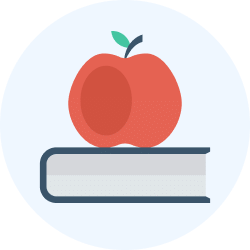Bones, Muscles and Postures Class 2 Notes Science
| Table of contents |

|
| Introduction |

|
| Bones |

|
| Joints |

|
| Muscles |

|
Introduction
Our body has both hard and soft parts. The hard parts are the bones while the soft parts are the muscles. Our skin covers both these parts.
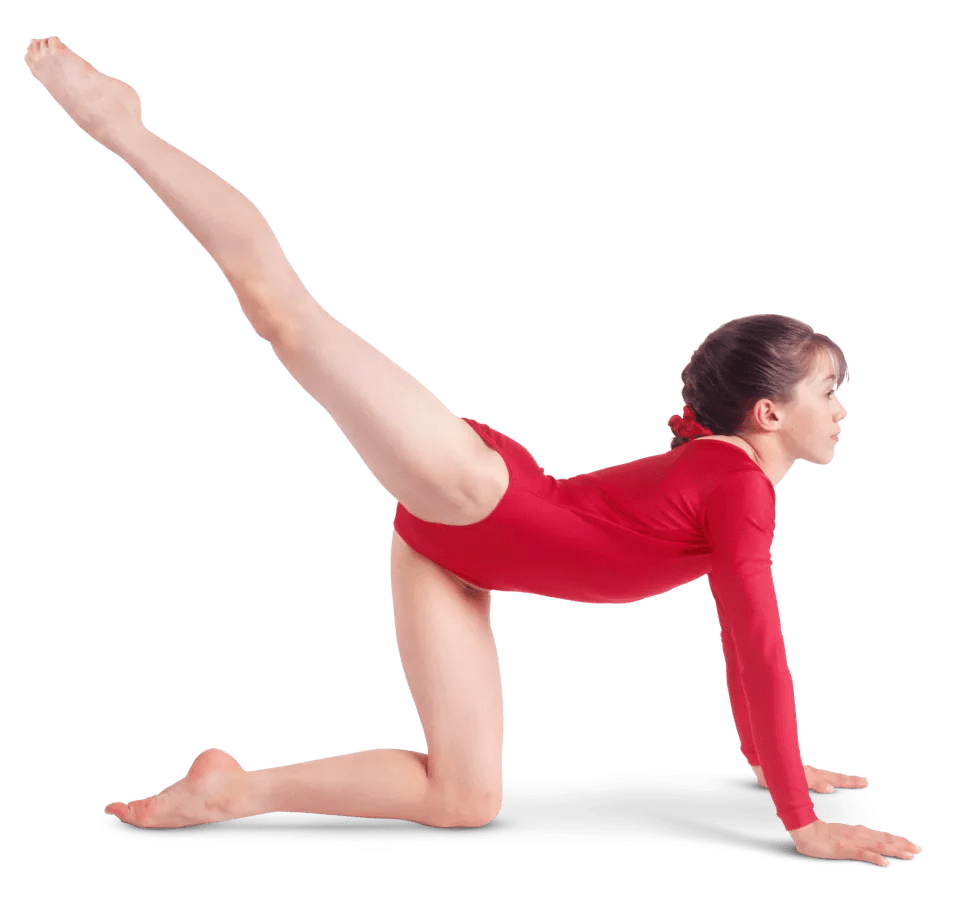 Bones, muscles, and joints hold our body together and support freedom of movement.
Bones, muscles, and joints hold our body together and support freedom of movement.
Bones
Bones provide support for our bodies and help form our shape.
- Look at the picture shown below. It shows the various bones of our body.
- All our bones together make up the skeleton. There are 206 bones in our body.
 The human skeleton
The human skeleton
- Bones give shape to our body. Our backbone helps us to stand straight.
- Bones also protect the soft parts inside our body.
- For example, our ribs protect our heart and lungs. Our skull protects our brain.
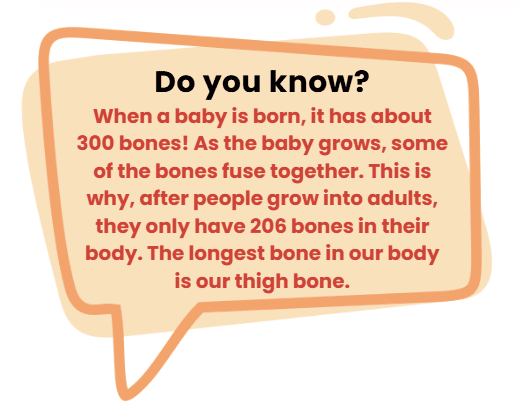
Joints
The place where two or more bones are joined together is called a joint.
- Take a look at the picture shown below. Do you notice that some bones are joined together?
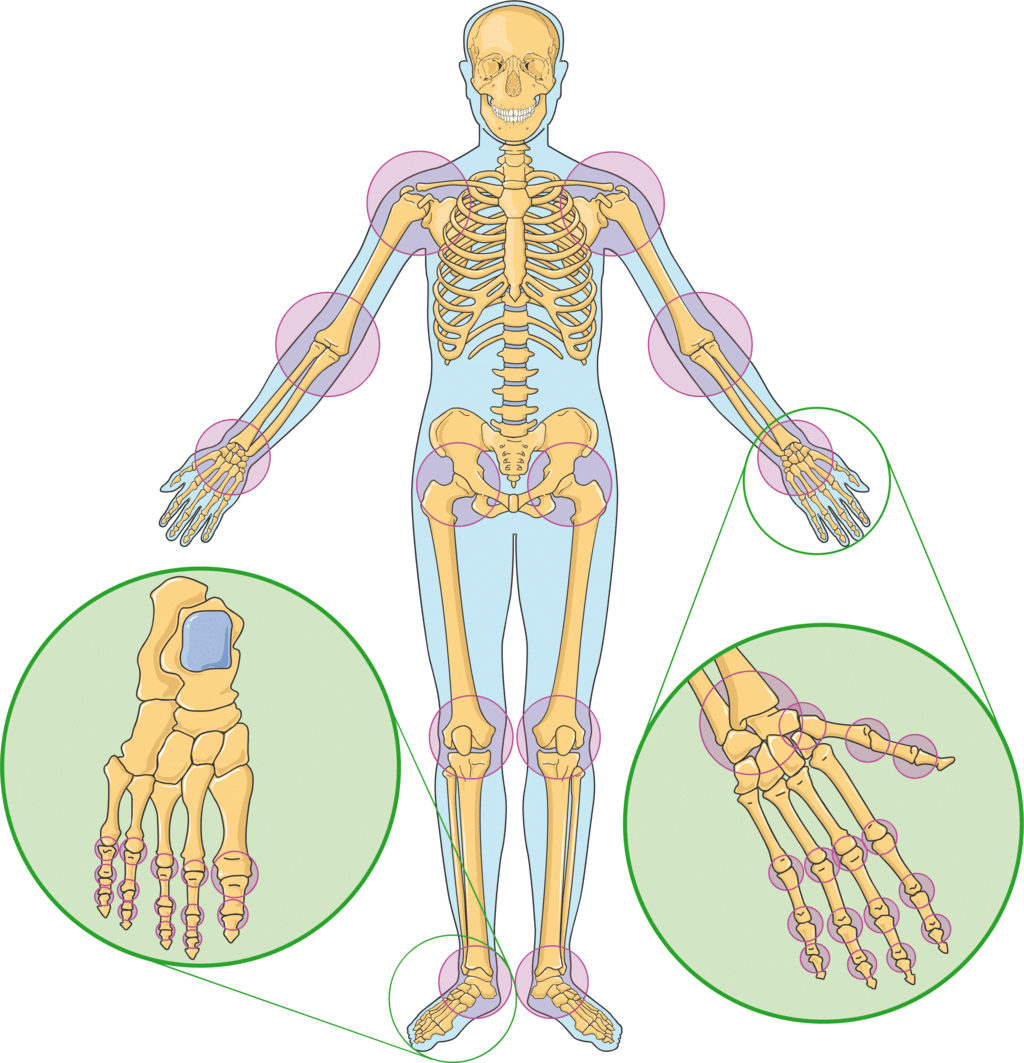 Joints in our body
Joints in our body - Look at the following pictures now. At each of these joints, we can bend or turn our body in many ways.
 Some joints of our body
Some joints of our body
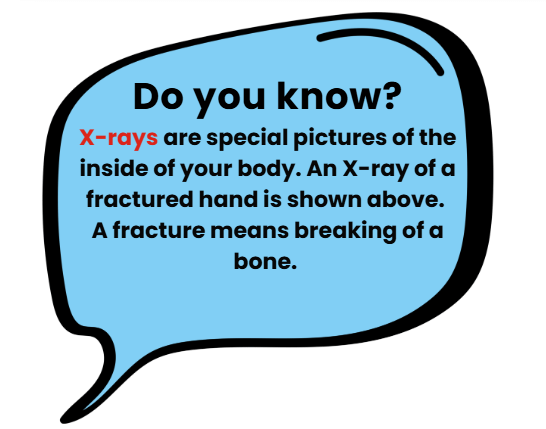
Muscles
The bones cannot move on their own. The muscles help them to move. They pull at the bones to make them move. The muscles cover the bones and are fixed to them.
 Muscles of the Human Body
Muscles of the Human Body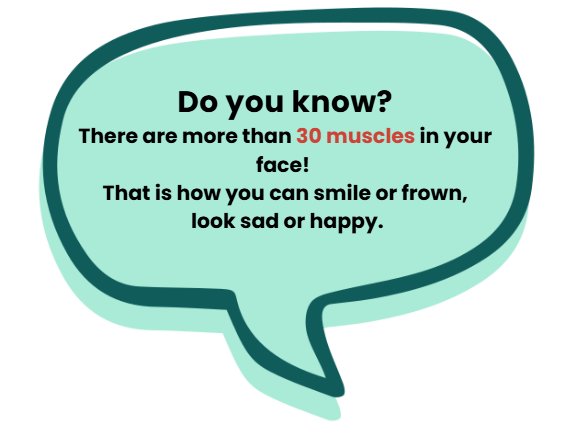
- Some muscles of our bodywork all the time. The muscles of the lungs which help us to breathe, work non-stop.
- Our heart is made up of strong muscles. These muscles also work without stopping throughout our life.
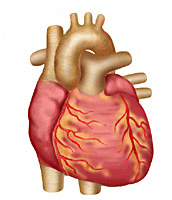 The Heart is made up of Muscles
The Heart is made up of Muscles
- Together, our bones and muscles help us to carry out all our activities like working and playing.
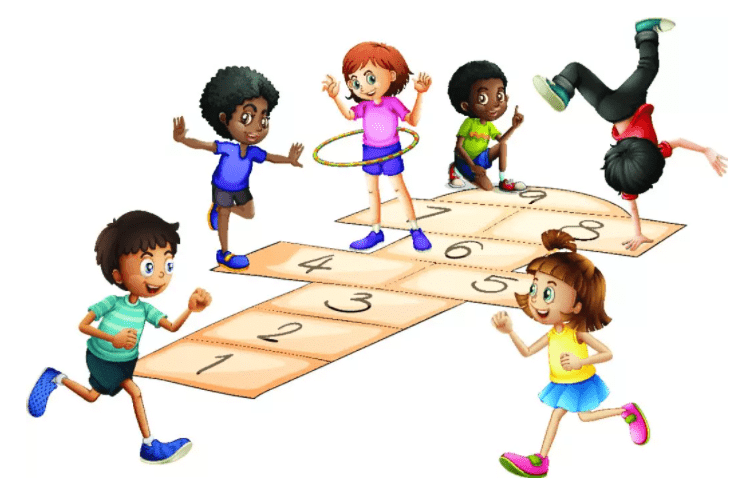 Together, our bones and muscles help us to carry out all our activities like working and playing.
Together, our bones and muscles help us to carry out all our activities like working and playing. - We should do regular exercise and eat healthy food to make our bones and muscles strong. Jogging and running are good for healthy bones and muscles. Healthy bones and muscles help us to work and play without getting tired.
|
11 videos|150 docs|24 tests
|
FAQs on Bones, Muscles and Postures Class 2 Notes Science
| 1. What are the main functions of bones? |  |
| 2. How many bones are there in the human body? |  |
| 3. What are joints and what is their role in the body? |  |
| 4. How do muscles work in conjunction with bones and joints? |  |
| 5. What are some common postural problems and how can they be corrected? |  |



